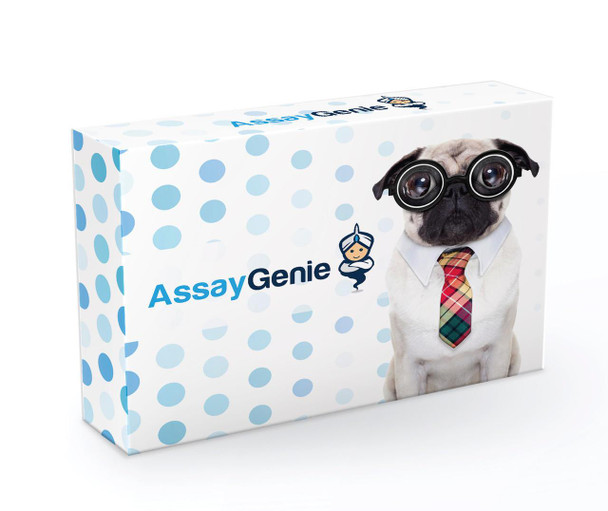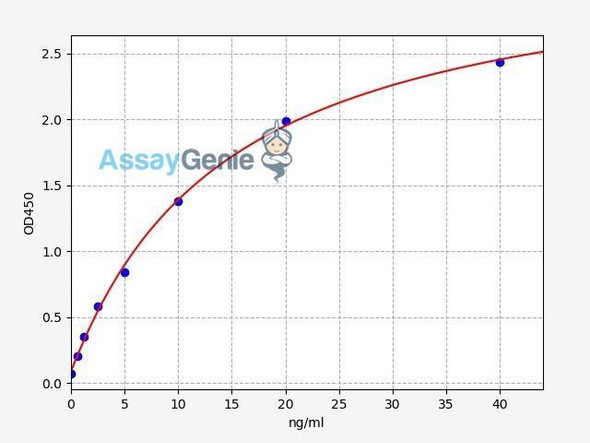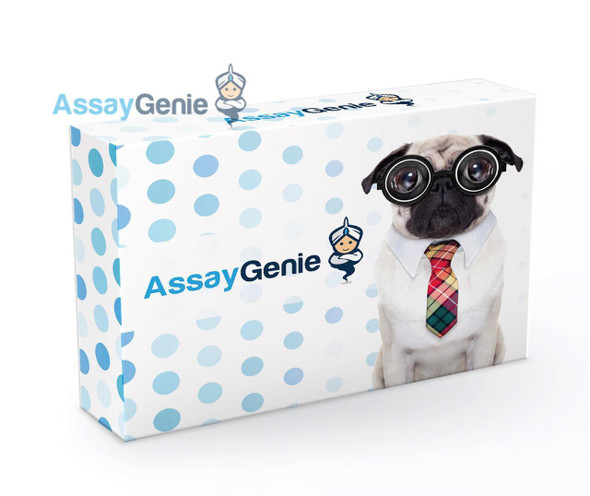Description
| Product Name: | Human Environmental & Food Allergy IgE ELISA Kit |
| SKU: | HDES0118 |
| Size: | 8 tests/kit (12 wells × 8 tests) |
| Target: | As-IgE |
| Detection Method: | Indirect ELISA |
| Result Type: | Quantitative: Sensitivity 98.7%, Specificity 99.6% |
| Sample Type: | Serum |
| Assay Time: | 1 h 45 min |
| Detection Wavelength: | 450/630nm |
| Storage: | The majority of kits have a shelf-life of 12 months from the production date at 2-8℃ |
This ELISA kit uses Indirect-ELISA as the principle to detect the Tuberculosis (TB) IgG in human serum, www.vetassay-elab.com 2 The method used in this kit has been developed to detect the levels of allergen-specific IgE antibodies in human serum, was Enzyme-Linked Immunosorbent Assay (ELISA). The antigens are coated to the microplates. The patient's serum samples are pipetted into the microplates and incubated. During this time, the allergen-specific IgE antibodies react with anti-human-IgE antibody and bind to the surface of the microplates via the anti-human-IgE antibody. Non-bound material is removed by washing. After this, an anti-human IgE antibody coupled with the HRP conjugate solution [conjugate anti-IgE-horseradish peroxidase (HRP)] is added and incubated. This binds to the IgE in the test fields from the first incubation. Non-bound detector antibodies are removed by washing. Next, TMB color reagent (TMB+H2O2) is added and incubated, a specific enzymatic color reaction of the HRP takes place which results in the formation of blue color of the TMB color reagent in the microplates. The enzymatic reaction is stopped with adding the stop solution, and the color of the TMB color reagent turn to yellow. The color intensity is directly proportional to the IgE antibody content of the serum sample. Read OD at 450nm. OD values of samples are plotted on the calibration curve. Test Items:Dermatophagoides pteronyssinus, dog dander, cockroach, milk, egg white, shrimp, crab, molds mixes(Penicilliurn chrysogenum, Alternaria alternate, Aspergillus fumigatus, Cladosporium herbarum), tree pollens mixes (oak, elm, sycamore, willow, cottonwood)






